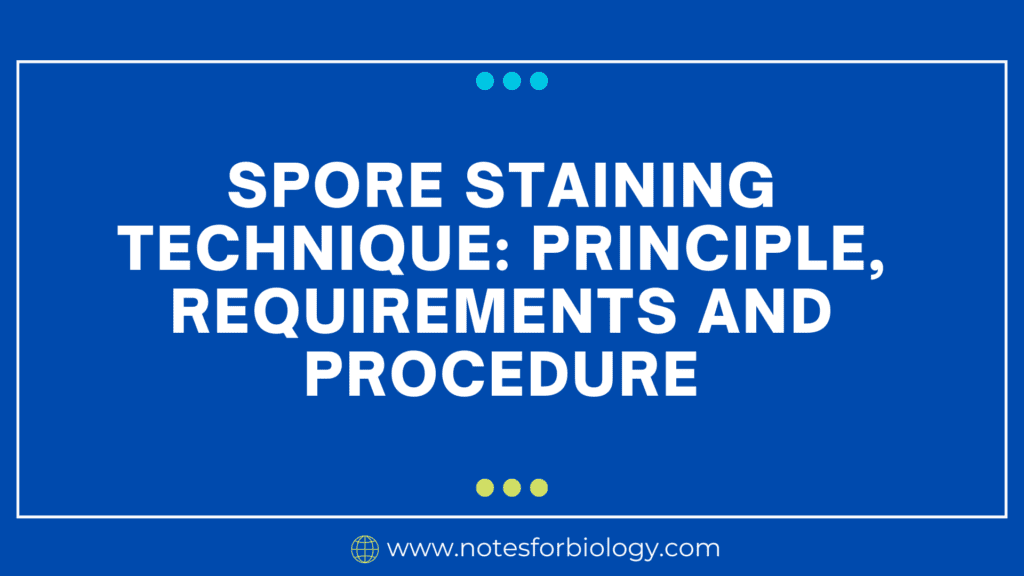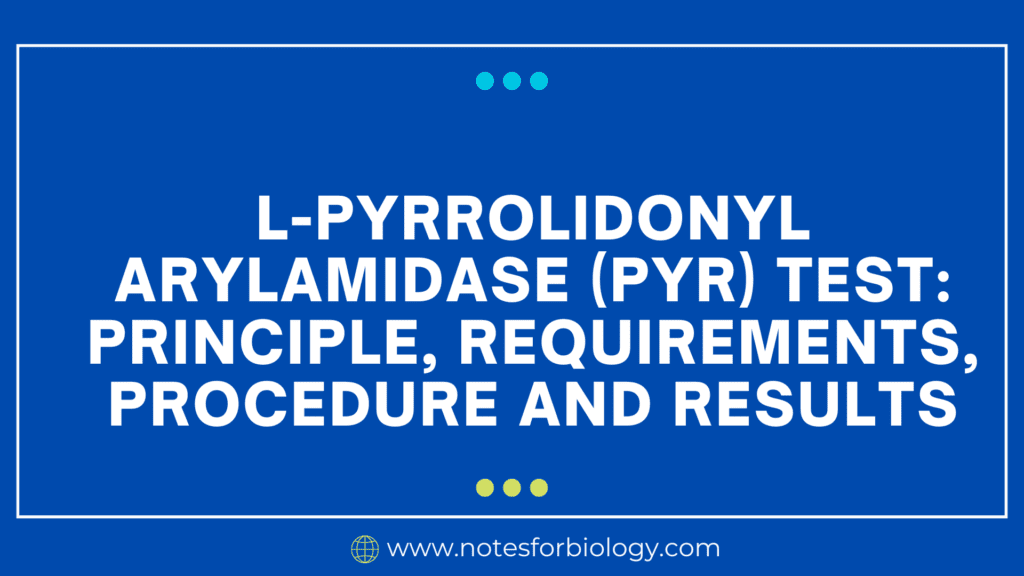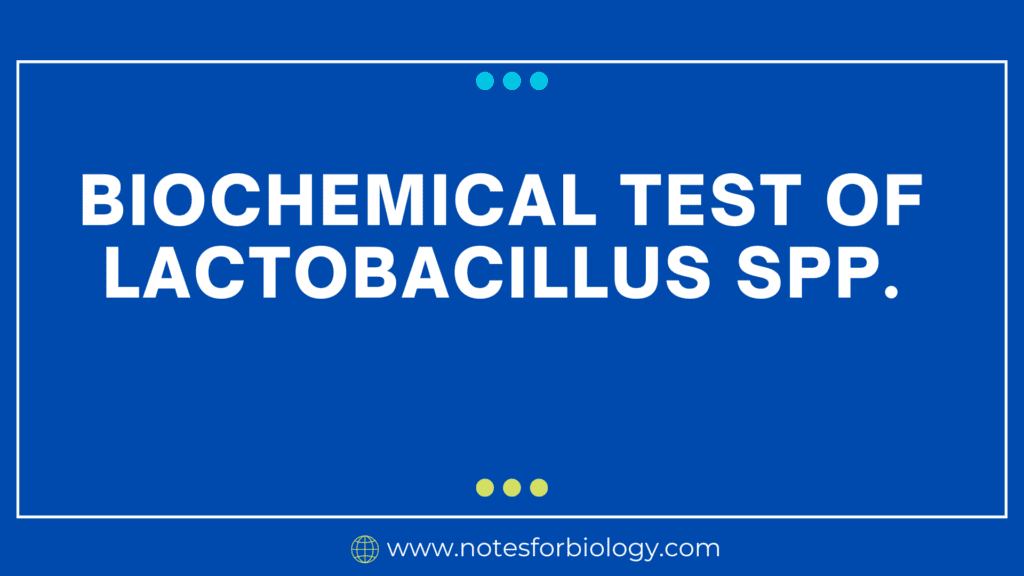Spore staining Technique
Spore staining Technique is one method for observing bacterial endospores, which are extremely resilient structures produced by certain bacteria in hostile environments, is spore staining. The thick protective shell of these spores makes them difficult to stain using standard dyes. By using a differential staining technique that contrasts the spore and vegetative cell, the spore staining technique makes them visible under a microscope. Heat is also used to aid in dye penetration.
Table of Contents
Principle
Bacterial endospores, which are tough structures produced by some bacteria to withstand harsh environments, can be differently stained using the process known as spore staining. Because endospores are resistant to most chemical treatments, this approach works.
Primary stain: The spores are stained with a dye that penetrates their thick layers, such as malachite green. Mordant: Heat is used to improve the binding and color penetration. Decolorization: A reagent, such as water, decolorizes the vegetative cells.
Counterstain: To make the vegetative cells easily recognizable from the green-stained spores, a contrasting dye, like safranin, is applied to stain them.
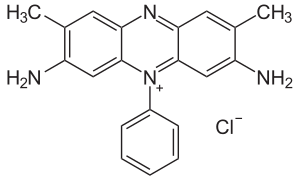
The existence and appearance of the vegetative cells inside a bacterial culture can be seen thanks to the differential staining technique.
Requirements
Bacterial Smear : A thin, heat-fixed smear of the bacterial culture that is to be stained is called a bacterial smear.
Primary Stain : Malachite green solution (0.5–1%) is the primary stain.
Mordant : Heat (steam from boiling water) or potassium permanganate in an aqueous solution (5%).
Decolorizer : Water is a decolorizer.
Counterstain : Safranin solution (0.25%) is the counterstain.
Glass slides and coverslips : It should be kept clean .
Microscope: An oil immersion objective lens compound light microscope.
Additional supplies: pipettes, forceps, a staining rack, beakers, and a Bunsen burner.
Procedure of Spore staining Technique
Make a bacterial smear
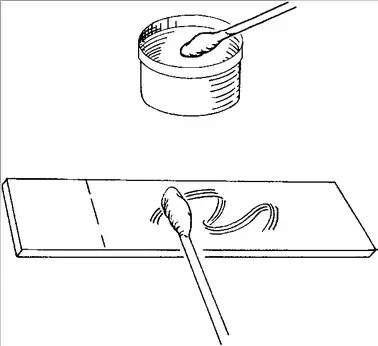
- Put some water on a spotless slide.
- A tiny amount of bacterial culture should be added to the water and evenly distributed using a loop.
- Let the smear air dry entirely.
- Run the slide through a Bunsen burner flame two or three times to heat-fix the smear.
Primary staining
- Apply the malachite green solution over the smear.
- Steam the slide over hot water for five minutes to gently heat it. Keep the stain from boiling.
- Give the slide a few minutes to cool.
Decolorization
- Make sure you completely rinse the slide with water to get rid of all the malachite green.
Reverse staining
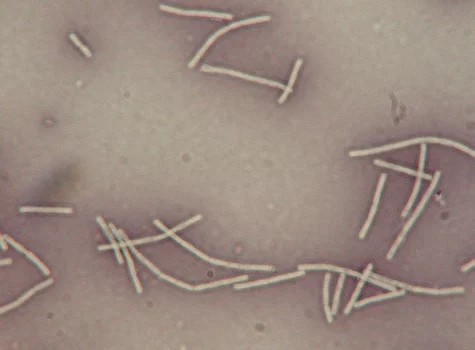
- For one minute, cover the smear with safranin solution.
- Give the slide a good water rinse.
Observation
- Using blotting paper, pat the slide dry.
- On the smear, apply a drop of immersion oil.
- Examine the slide using a compound microscope’s oil immersion lens.
Observations
- Spores: Usually found inside the vegetative cells, spores are round, oval, or green objects. Vegetative cells: Depending on the safranin content, they can appear red or pink.
Interpretation
Spore-forming bacteria are indicated by the presence of green-stained spores in a bacterial culture. The morphology of the spores—their size, form, and inside-cell location—can be utilized to determine the type of bacteria.
Important Note
- To enable the malachite green to get through the spore’s strong walls, the slide must be heated during the initial staining process.
- In order to distinguish between the spores and vegetative cells, the decolorization process is essential.
- When working with heat sources, chemicals, and pathogens, take the appropriate safety measures.
Frequently Asked Questions(FAQ)
Define Spore staining Technique ?
Spore staining Technique is one method for observing bacterial endospores, which are extremely resilient structures produced by certain bacteria in hostile environments, is spore staining.
Write about the procedure Decolorization?
In Decolorization ,Make sure you completely rinse the slide with water to get rid of all the malachite green.
What are the procedure of Primary staining ?
The procedure of Primary staining,
Apply the malachite green solution over the smear.
Steam the slide over hot water for five minutes to gently heat it.
Keep the stain from boiling.
Give the slide a few minutes to cool.
Related Articles

